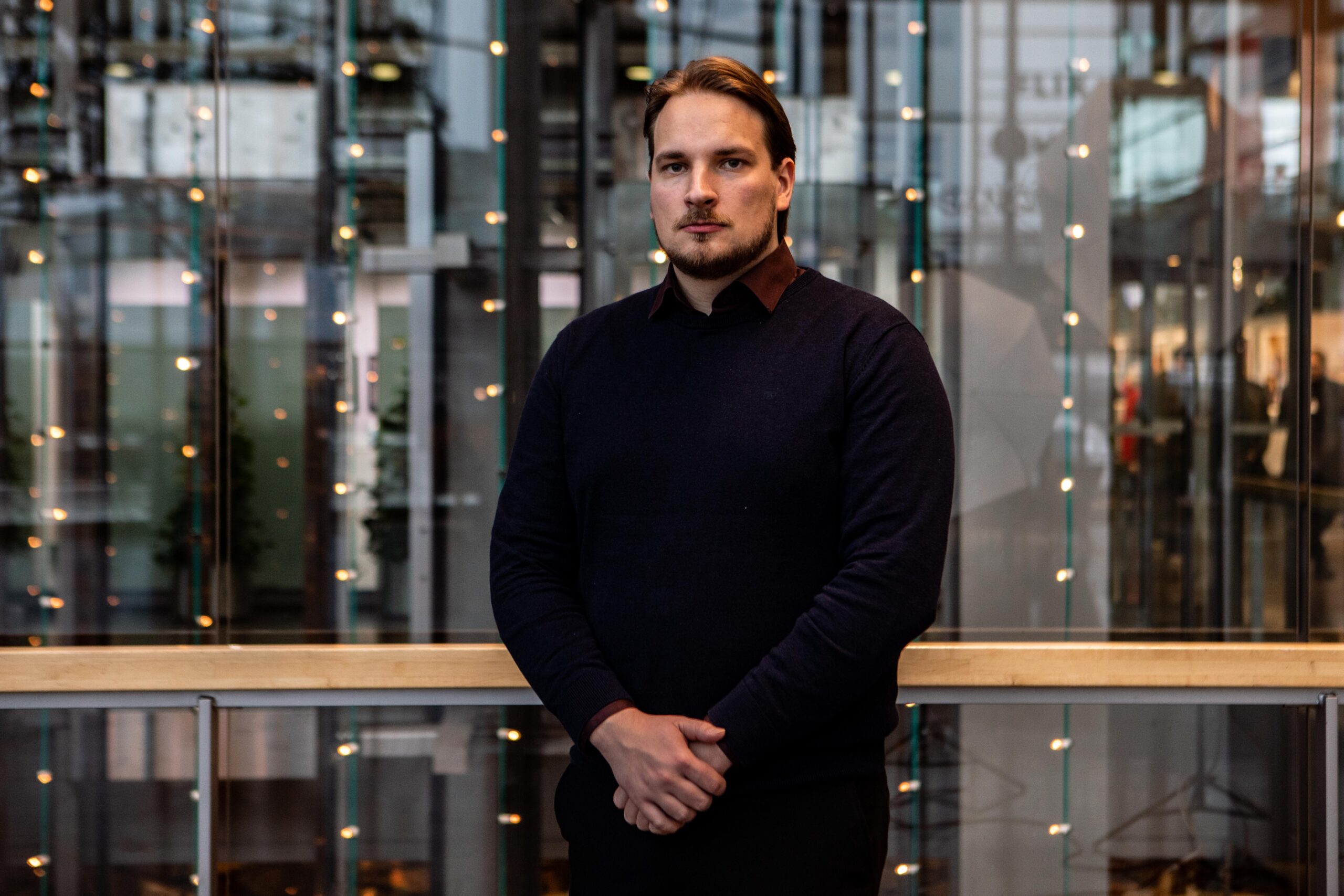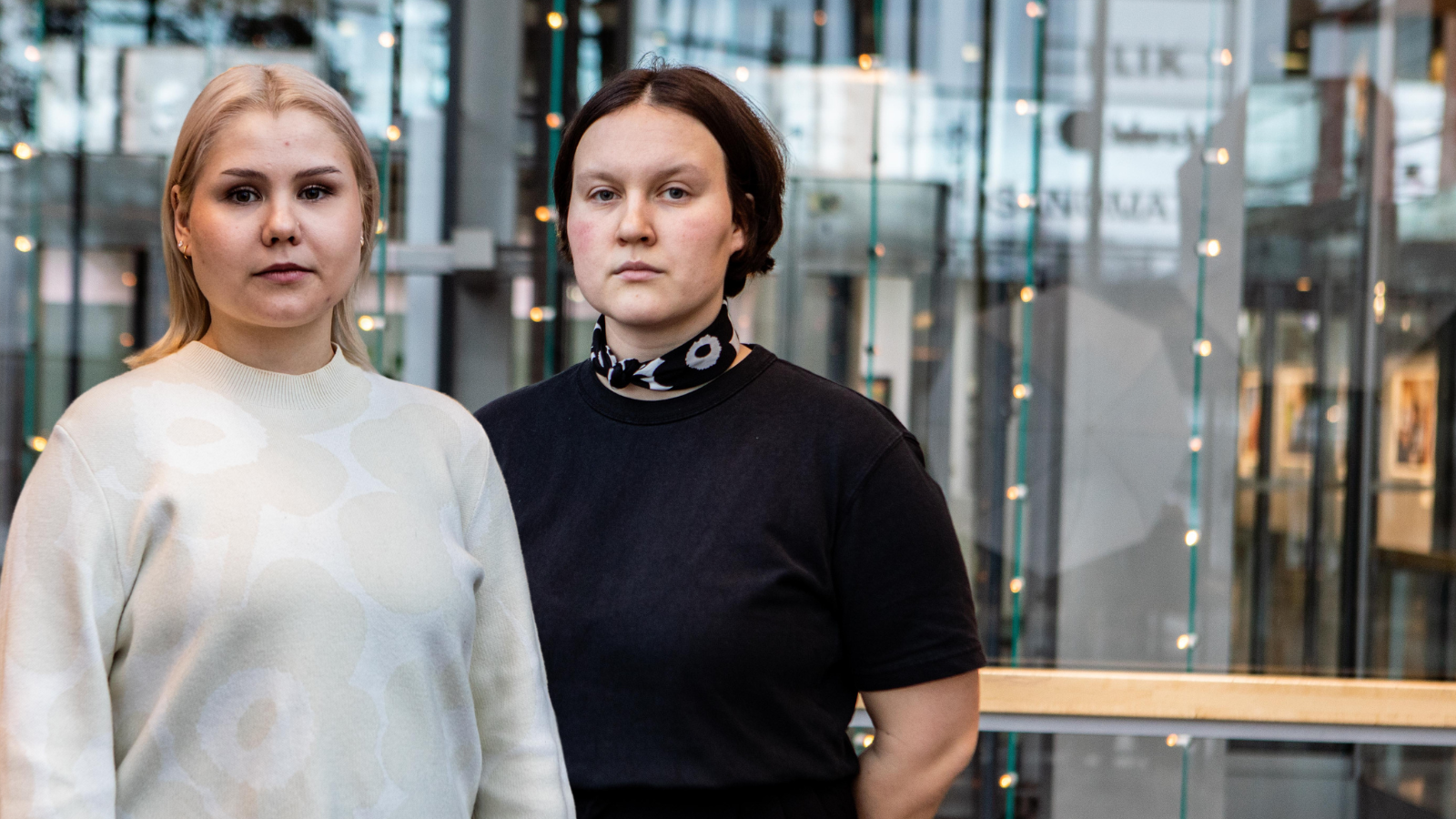A new survey by SYL and the Research Foundation for Studies and Education Otus sheds light on the reasons why students acquire multiple rights to study. The survey is called Monta opinto-oikeutta – Tutkimus useamman opinto-oikeuden hankkimiseen johtaneista syistä ja tekijöistä (Multiple rights to study – A survey of the reasons and factors behind acquiring more than one right to study).
The last blog post tackled the most recent research data on students who have more than one right to study. The reasons behind multiple rights to study can be divided based on different stages of study: while applying, during the studies, close to graduating and after graduating. In this blog post our Education Policy Adviser, Ainomaija Rajoo, suggest some solutions to this data.
Every year, thousands of applicants do not get a place in higher education. This is why possessing overlapping rights to study is easily viewed as a negative thing. In reality, the reasons behind having multiple rights to study form a complex web consisting of several factors. Some acquire a second right to study because they did not previously secure the place they applied to first. In the light of this, the most efficient solution would be to start clearing the backlog of applicants by increasing the number of new students to be accepted.
Generally, a second right to study is already acquired during the studies. The most common reasons are a change in interests and finding one’s “thing” that come with the familiarity with studying in a higher education institution and a growing understanding of different fields. In these cases, some opt to apply for a new major instead of using the institution’s internal transfer application procedure, since the former method is seen as more practical. SYL has many times emphasised how important a smooth transfer application process is as a possibility to allow students to find their own field and in order to decrease the number of overlapping degrees.
It is interesting that students who found the problems with the transfer application procedure to be important also found a wider range of course choices to be important more often than other respondents. SYL, together with The Finnish Business School Graduates and Social Science Professionals, has offered a solution in the form of a platform model, the development of which is also mentioned in Finnish Prime Minister Antti Rinne’s government programme. A common digital platform for higher education institutions would give the option for students and lifelong learners to choose from a wide selection of courses from different institutions.
The connection to working life becomes emphasised close to graduation. Students acquire a second right to study because they feel that their competence will not be enough to land them a job. Statistics show that an academic degree is highly sought after in the job market and that getting an education pays off. This is why further developing career and recruitment services is important in order to help more students to progress from education to the working life.
Working people may also come back to studying when their career is in need of a new direction. A new degree could be a good solution to many people, but in certain situations, completing a smaller module would be a better option than a completely new degree. There are reforms in progress relating to lifelong learning that will help with this. The open university may also offer suitable prospects to complement and widen one’s competencies.
Everyone’s right to study is protected by the Constitution of Finland. Education has an inherent value that needs to be nurtured. This is even encouraged by modern working life, which demands increasingly versatile competencies and the ability to learn new things. Thus, the sensible solution is not to make education more inaccessible by making the second degree subject to a fee, which is an idea that is sometimes put forth. A more reasonable and efficient way would be to remove existing barriers so that more students find their own path, multiple times if necessary ‒ in the spirit of lifelong learning.
Ainomaija Rajoo
SYL Education Policy Adviser




